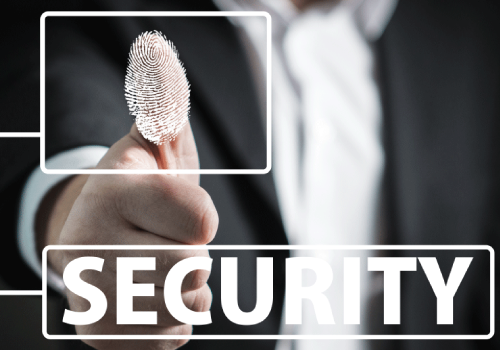5 Tips to Creating and Protecting Passwords
12/11/2019

We are living in a world that is completely password driven. A world where characters that are used in passwords make a huge difference in whether you can access data, communicate with your friends or make purchases online. You often hear that you should use strong passwords online, but what makes a password strong?
The following tips can help create a strong and secure password:
Don’t Use a Single Password for All Accounts
With countless viruses and hackers preying on you, you should create a unique password for every account you make on different online platforms. Otherwise, if one password is stolen, all the other accounts may also fall prey to hackers.
Make Passwords that are Easy to Remember, but Hard for Others to Guess
Where possible, you can use an entire phrase that is important to you or use initials and add numbers or special characters to make a password of it. Some sites may even allow you to use the entire phrase as a password.
Make Passwords at Least Eight Characters Long
The longer a password, the stronger it gets. It is much more difficult for hackers to crack longer passwords. You can use a $ instead of S or 1 instead of L, or you can include & or %. By adding symbols, it can be difficult to crack passwords compared to those which contain only letters.
Don’t Keep Passwords in Plain Sight
This might seem like an unnecessary tip, but often many people write their passwords on sticky notes and leave them on their monitors. If you really need to write the password down, you should keep it in a place that no one can access or easily see.
Make Sure Your Devices Are Secure
Even if you create the best password in the world, it won’t do you any good if there is someone looking over your shoulder as you type in the password. Different kinds of software like keyboard loggers that make a record of your keystrokes have aided hackers in password theft. You should make sure that your operating system is updated, and that your device is running up-to-date anti-malware and anti-virus software.

